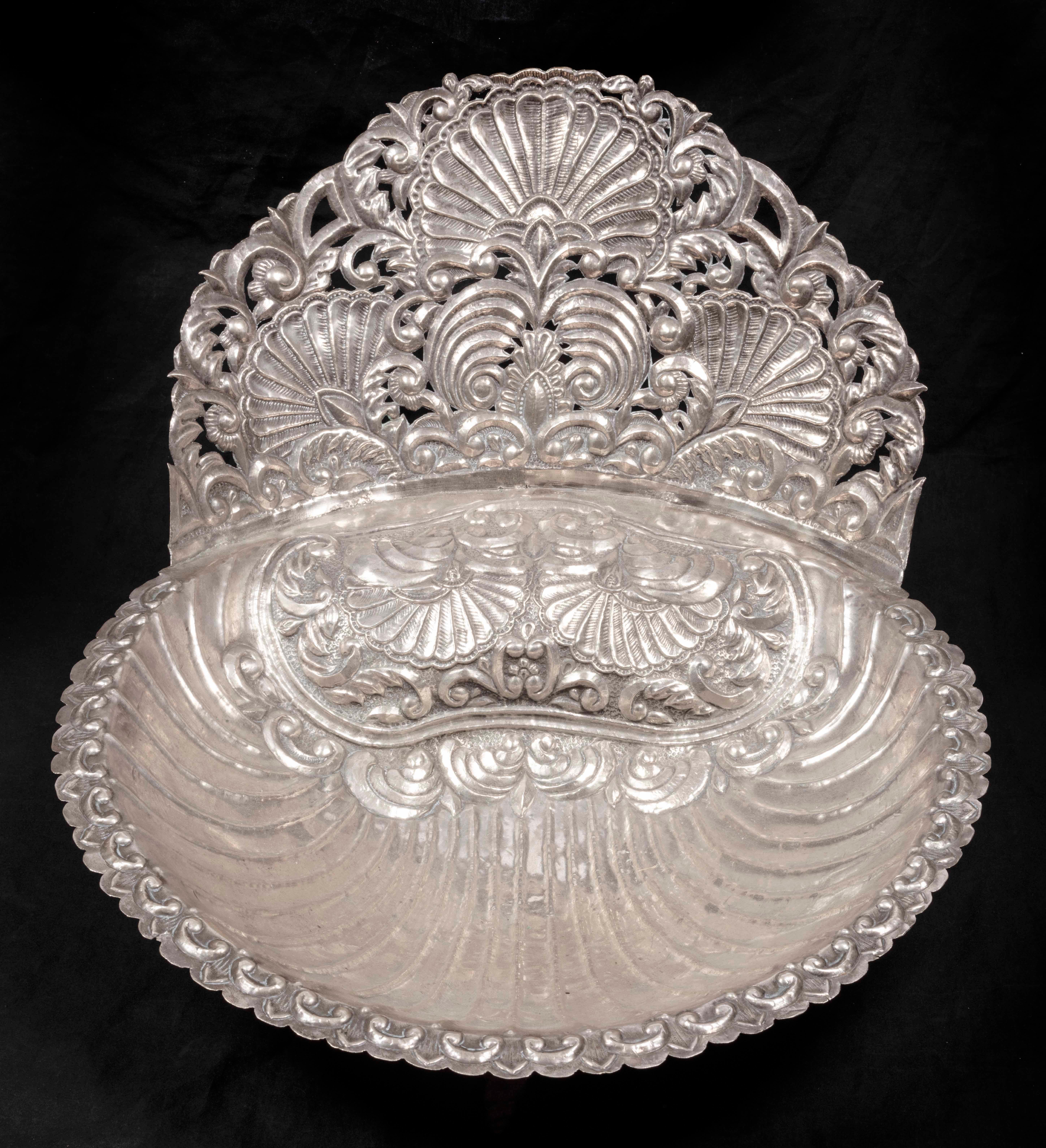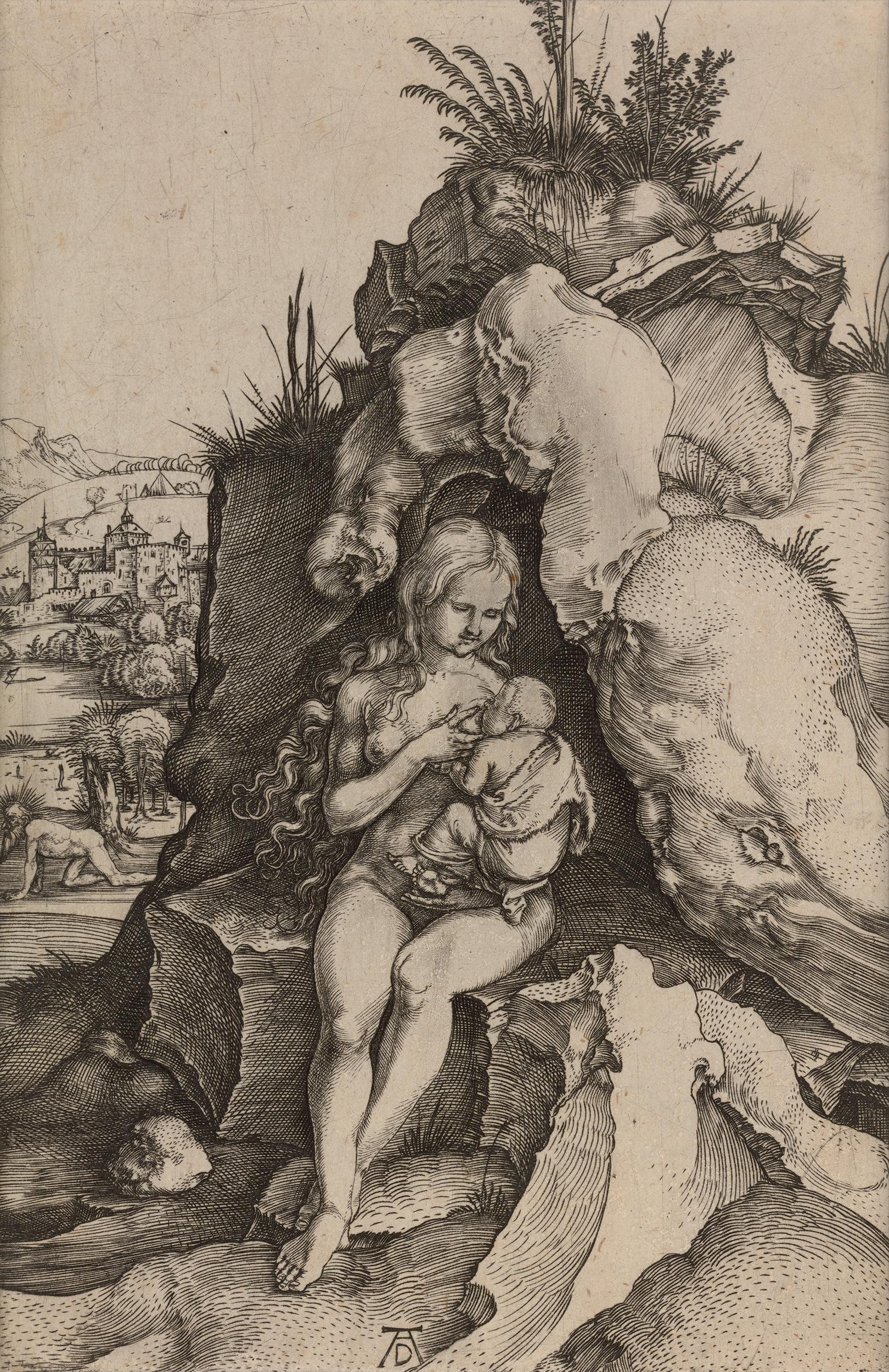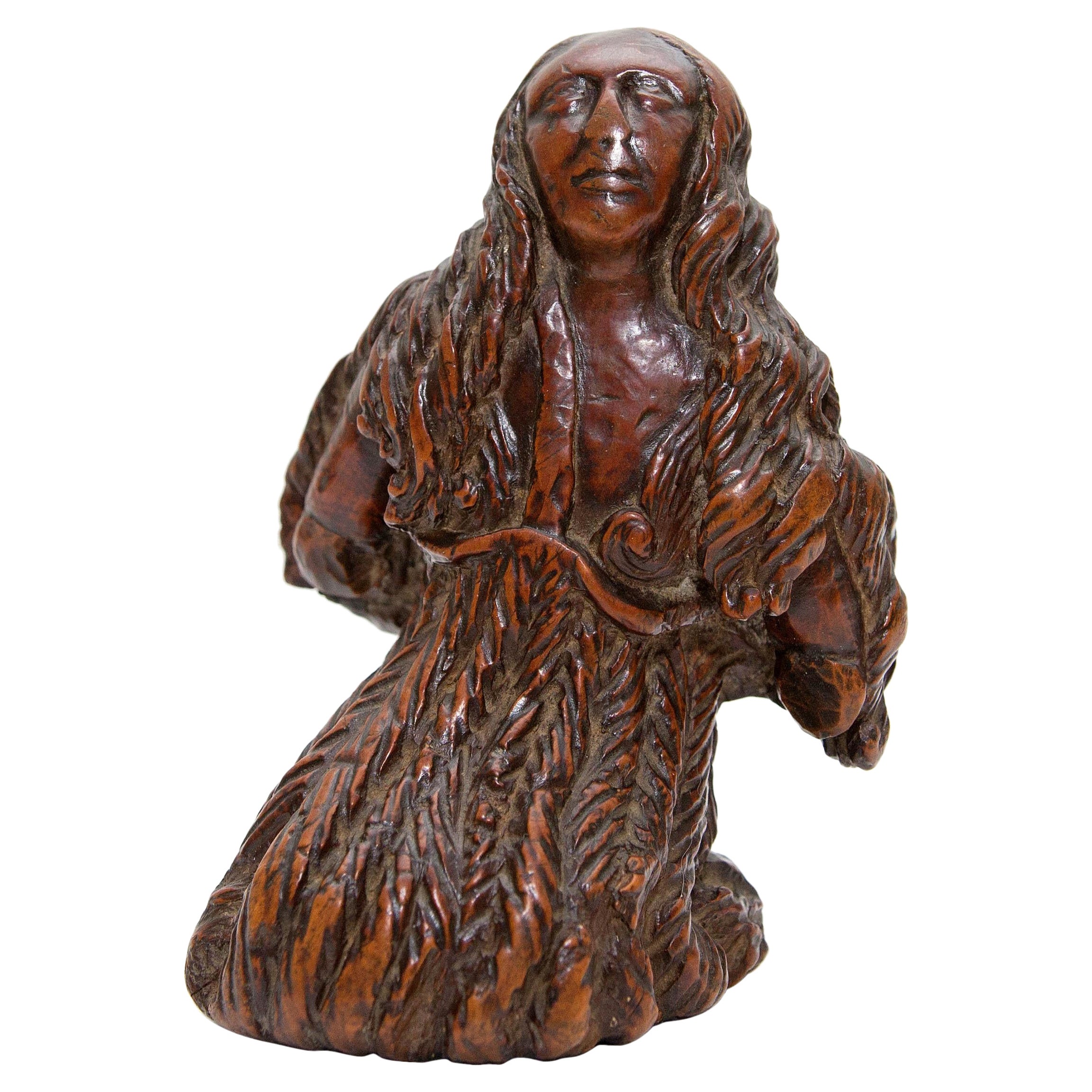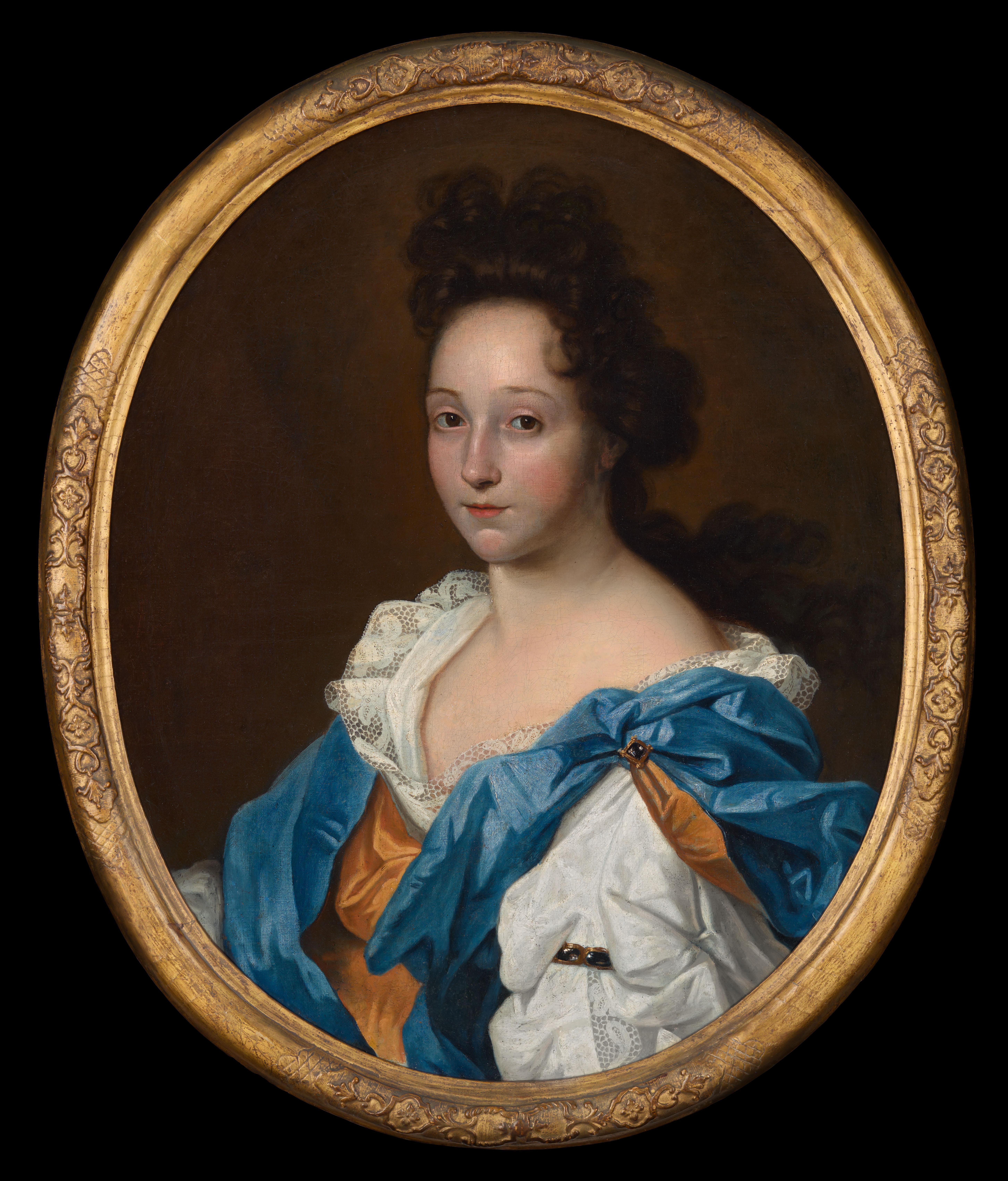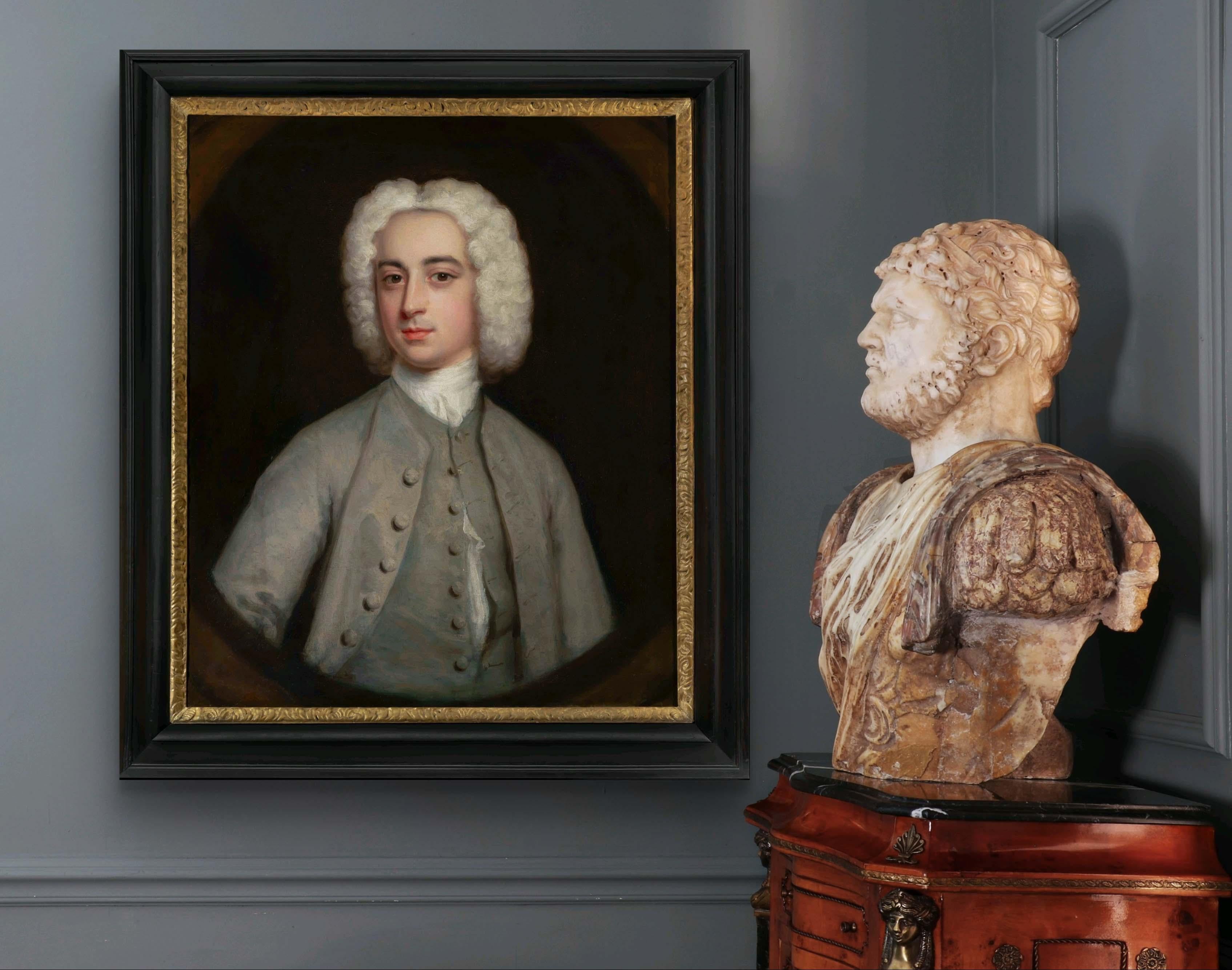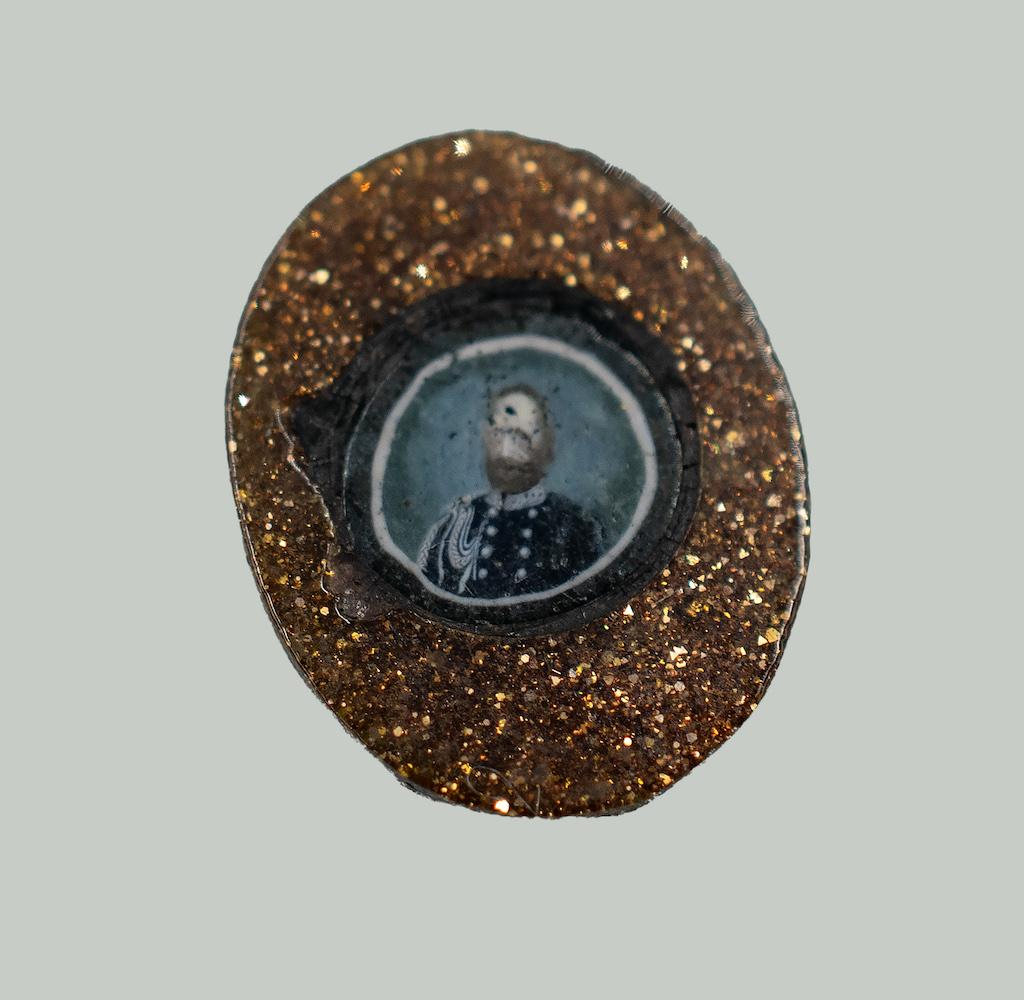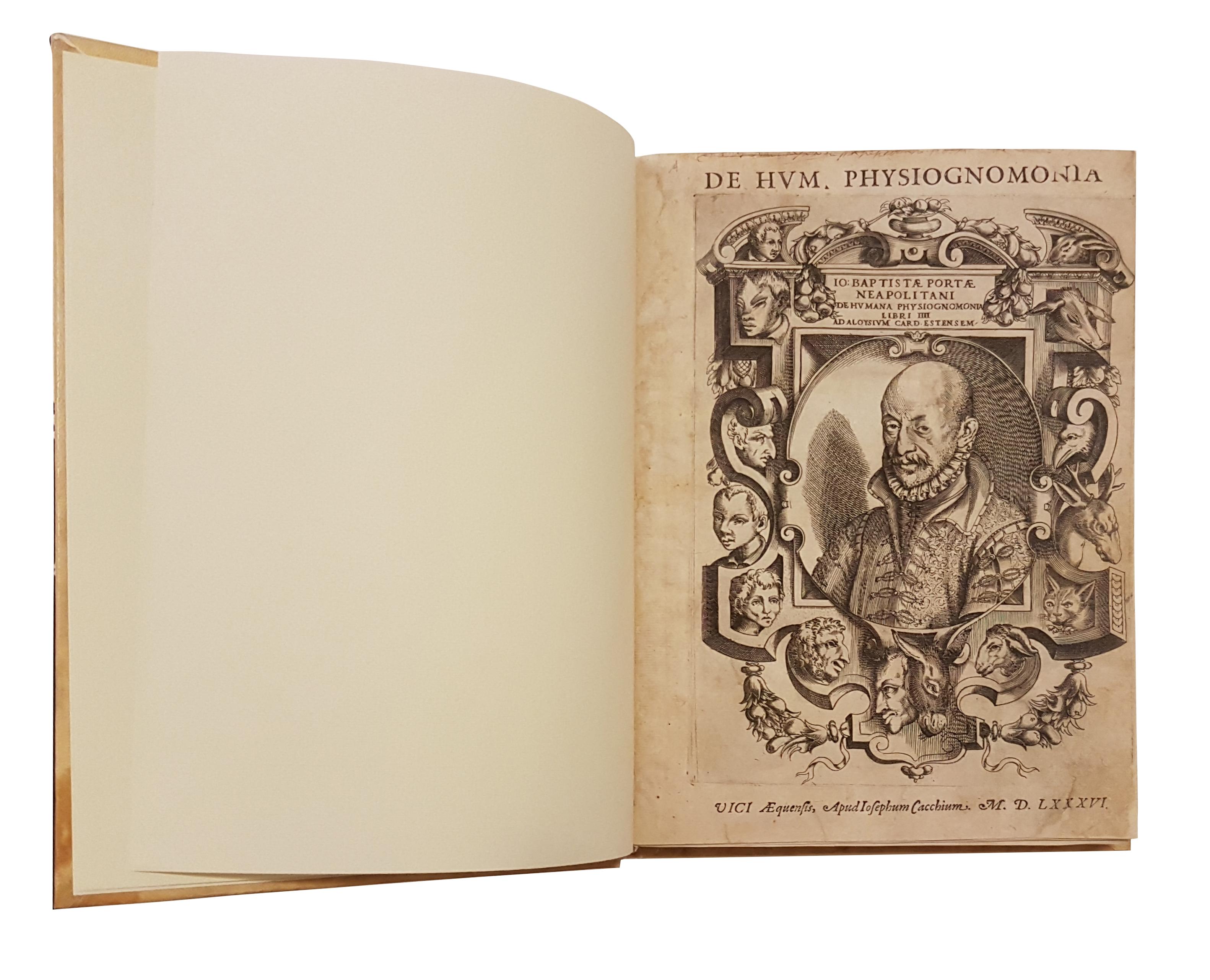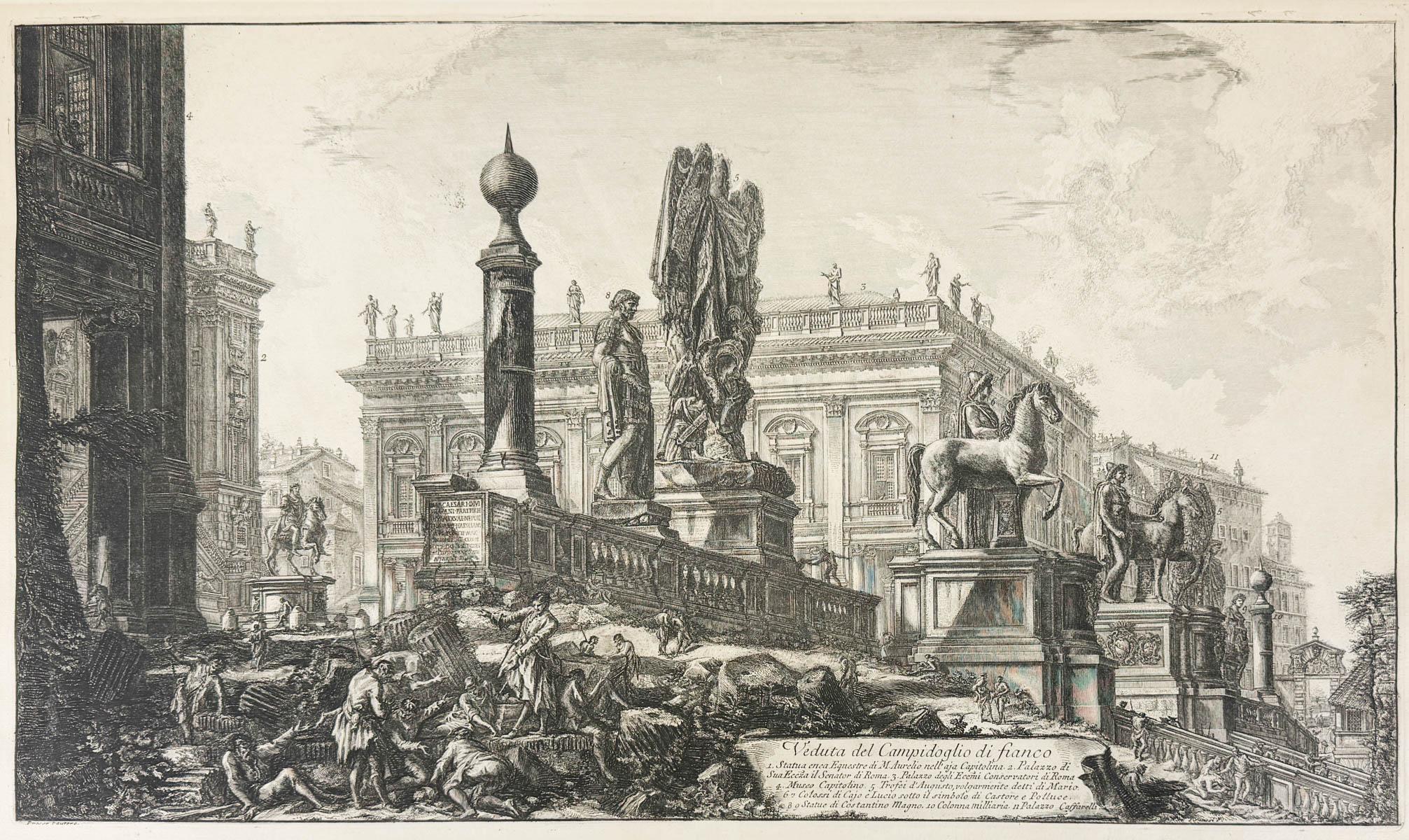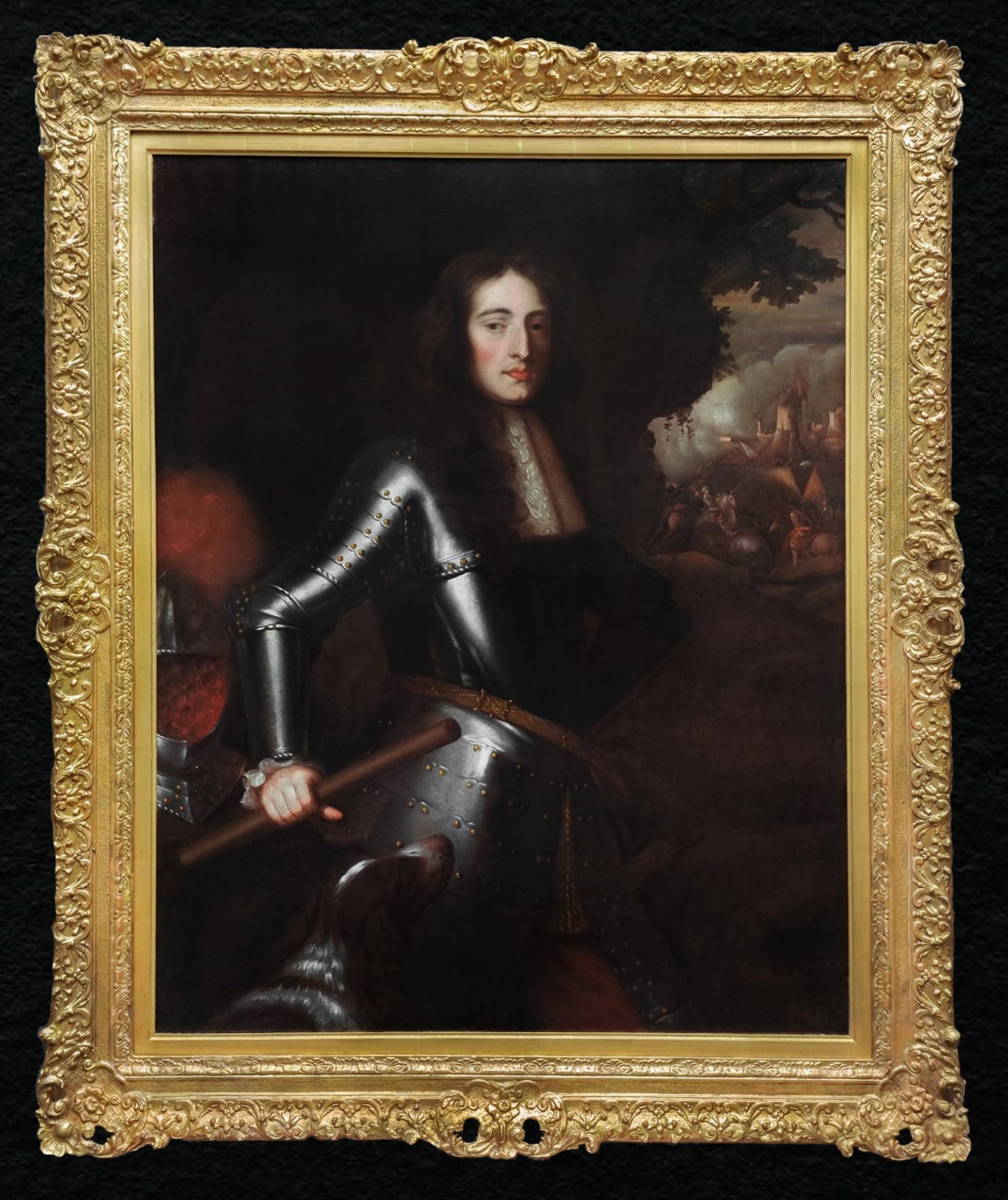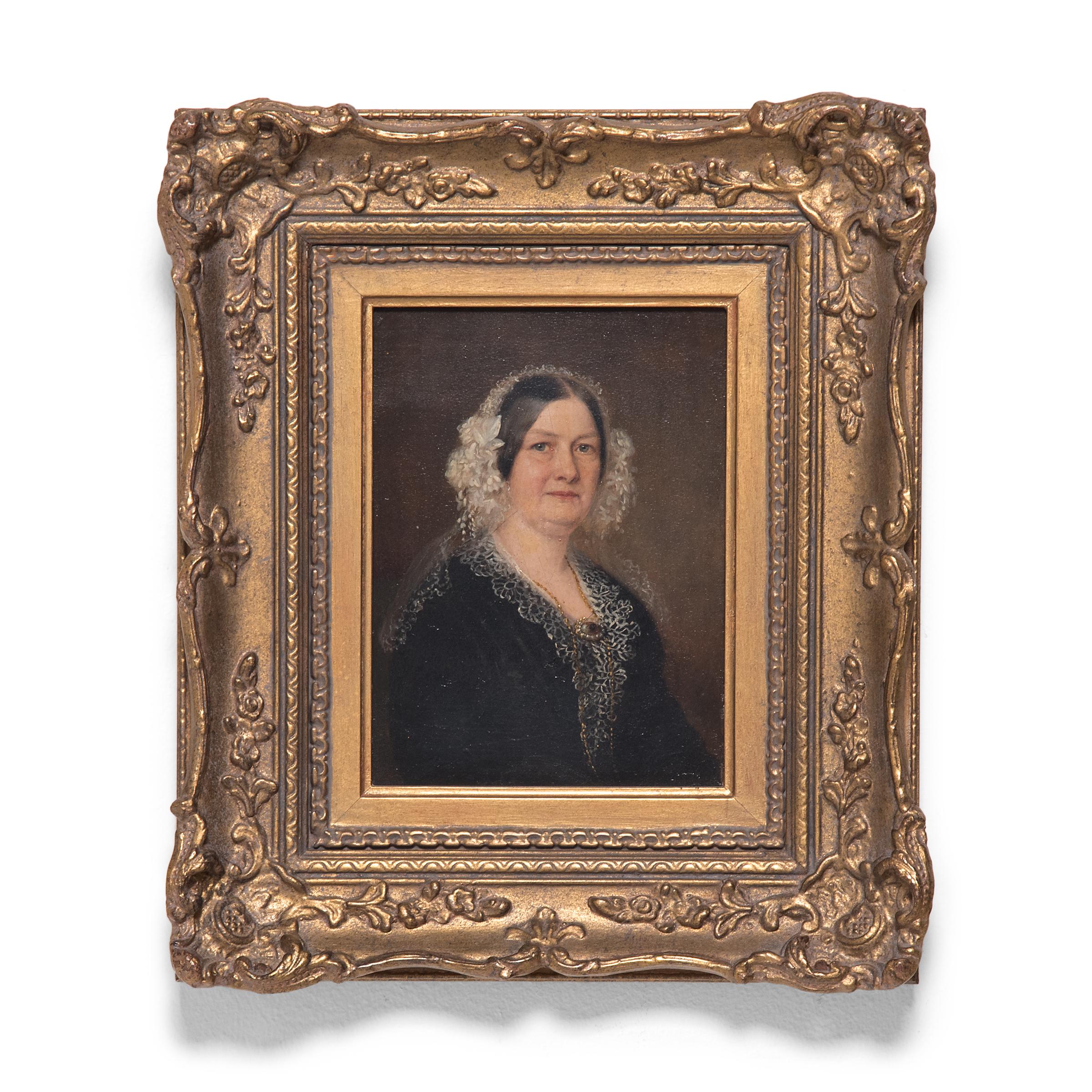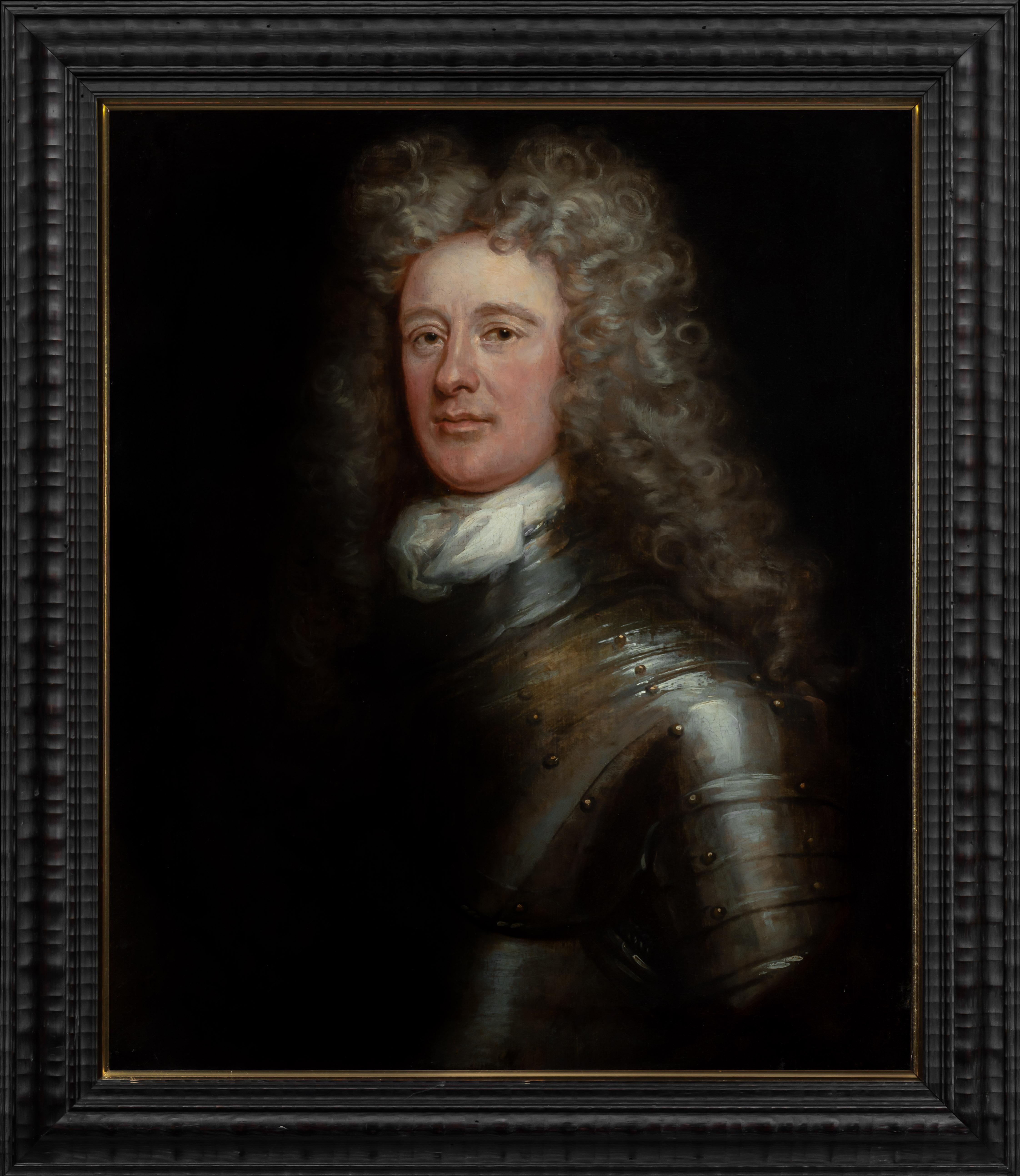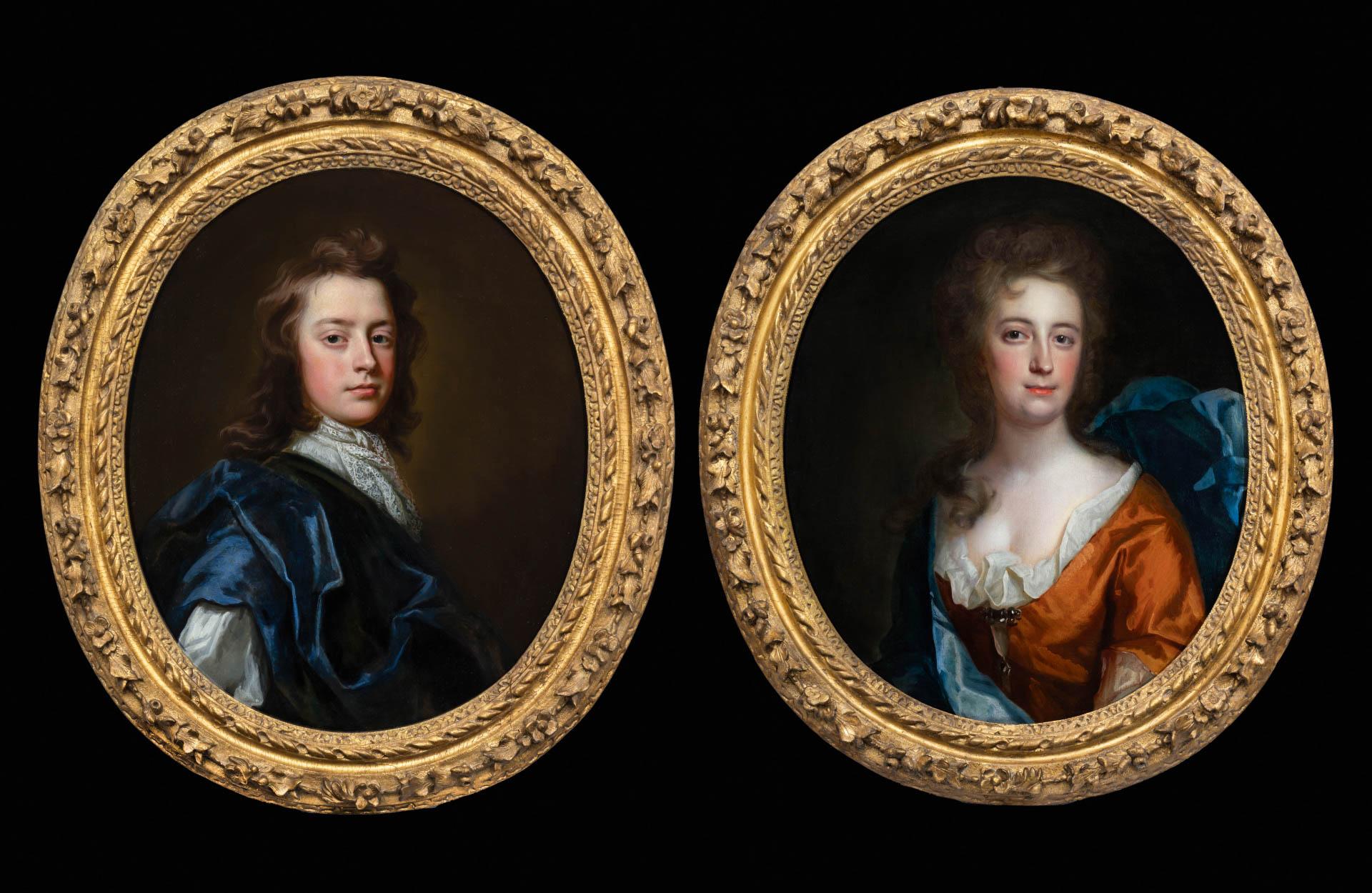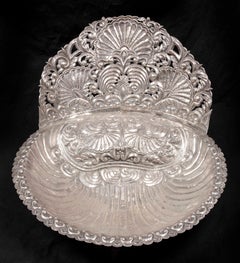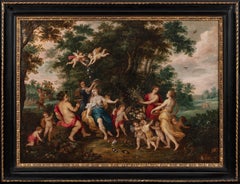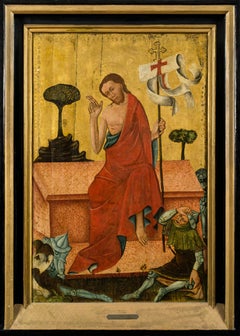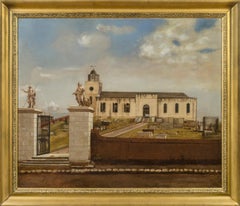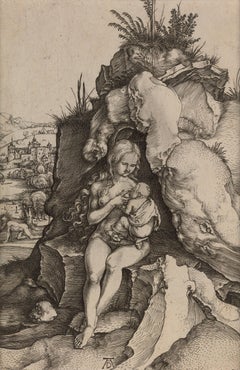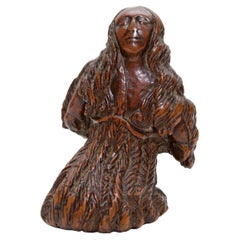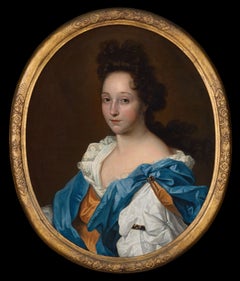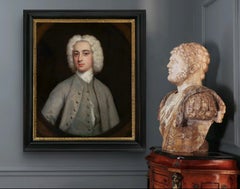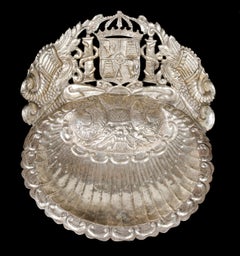
Spanish Colonial Silver Baptismal Dish
View Similar Items
Want more images or videos?
Request additional images or videos from the seller
1 of 6
UnknownSpanish Colonial Silver Baptismal Dish
$39,250List Price
About the Item
- Dimensions:Height: 9.5 in (24.13 cm)Width: 17.5 in (44.45 cm)
- Medium:
- Movement & Style:
- Period:
- Condition:
- Gallery Location:New York, NY
- Reference Number:1stDibs: LU1024578331
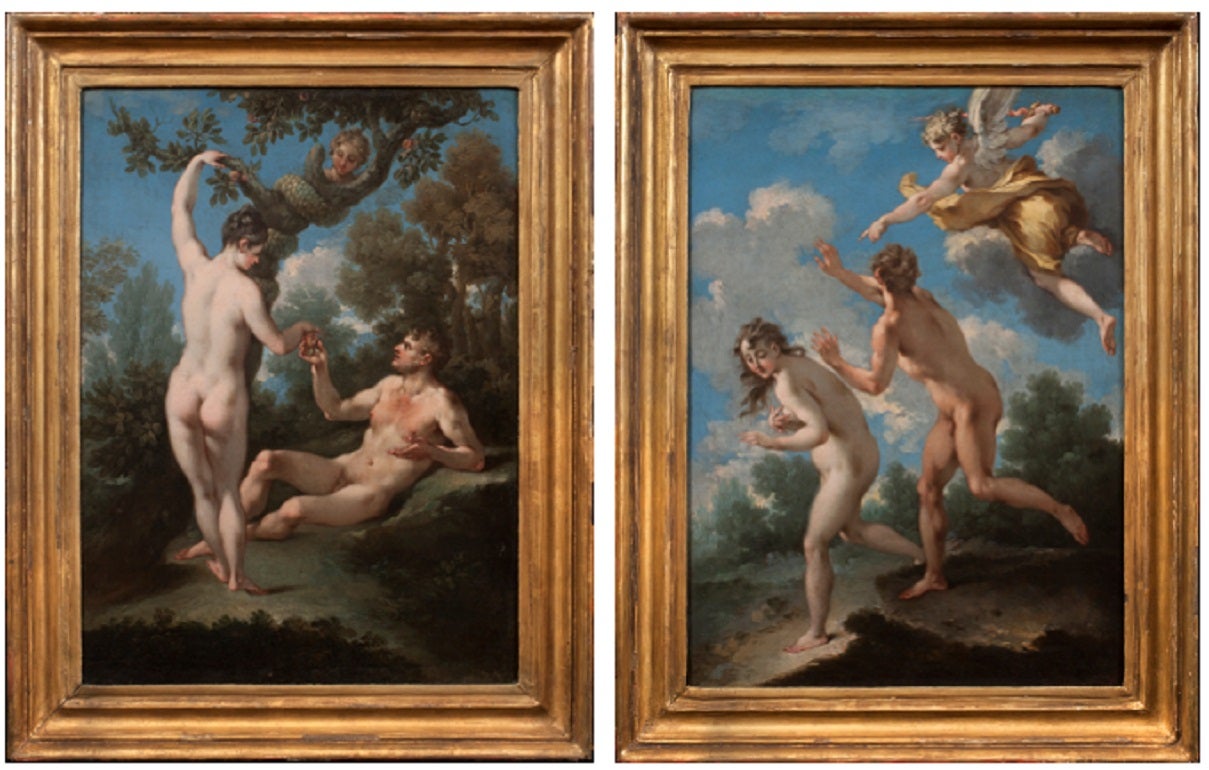
About the Seller
5.0
Recognized Seller
These prestigious sellers are industry leaders and represent the highest echelon for item quality and design.
Established in 1997
1stDibs seller since 2012
21 sales on 1stDibs
Typical response time: 12 hours
Authenticity Guarantee
In the unlikely event there’s an issue with an item’s authenticity, contact us within 1 year for a full refund. DetailsMoney-Back Guarantee
If your item is not as described, is damaged in transit, or does not arrive, contact us within 7 days for a full refund. Details24-Hour Cancellation
You have a 24-hour grace period in which to reconsider your purchase, with no questions asked.Vetted Professional Sellers
Our world-class sellers must adhere to strict standards for service and quality, maintaining the integrity of our listings.Price-Match Guarantee
If you find that a seller listed the same item for a lower price elsewhere, we’ll match it.Trusted Global Delivery
Our best-in-class carrier network provides specialized shipping options worldwide, including custom delivery.More From This Seller
View AllCuzco School Baptismal Dish
By Spanish Colonial (Peruvian)
Located in New York, NY
Provenance:
Manuel Ortíz de Zevallos y García, Peru; and by descent in the family to:
Private Collection, New York.
This impressive baptismal dish is an example of eighteenth-cent...
Category
18th Century Old Masters Sculptures
Materials
Silver
Allegory of Abundance
Located in New York, NY
Painted in collaboration with Hendrick van Balen (Antwerp, 1575 – 1632).
Provenance: Private Collection, Uruguay, since the 1930s.
The eldest son of Jan Br...
Category
17th Century Old Masters Paintings
Materials
Copper
The Resurrection of Christ
Located in New York, NY
Provenance:
with “Mr. Scheer,” Vienna, by July 1918; where acquired by:
Jindřich Waldes, Prague, 1918–1941; thence by descent to:
Private Collection, New York
Literature:
Rudolf Kuchynka, “České obrazy tabulové ve Waldesově obrazárně,” Památky archeologické, vol. 31 (1919), pp. 62-64, fig. 5.
Jaroslav Pešina, “K datování deskových obrazů ve Waldesově obrazárně,” Ročenka Kruhu pro Pěstování Dějin Umění: za rok (1934), pp. 131-137.
Jaroslav Pešina, Pozdně gotické deskové malířství v Čechách, Prague, 1940, pp. 150-151, 220.
Patrik Šimon, Jindřich Waldes: sběratel umění, Prague, 2001, pp. 166, 168, footnote 190.
Ivo Hlobil, “Tři gotické obrazy ze sbírky Jindřicha Waldese,” Umění, vol. 52, no. 4 (2004), p. 369.
Executed sometime in the 1380s or 1390s by a close associate of the Master of the
Třeboň Altarpiece, this impressive panel is a rare work created at the royal court in Prague and a significant re-discovery for the corpus of early Bohemian painting. It has emerged from an American collection, descendants of the celebrated Czech industrialist and collector Jindřich Waldes, who died in Havana fleeing Nazi-occupied Europe.
The distinctive visual tradition of the Bohemian school first began to take shape in the middle of the fourteenth century after Charles IV—King of Bohemia and later Holy Roman Emperor—established Prague as a major artistic center. The influx of foreign artists and the importation of significant works of art from across Europe had a profound influence on the development of a local pictorial style. Early Italian paintings, especially those by Sienese painters and Tommaso da Modena (who worked at Charles IV’s court), had a considerable impact on the first generation of Bohemian painters. Although this influence is still felt in the brilliant gold ground and the delicate tooling of the present work, the author of this painting appears to be responding more to the paintings of his predecessors in Prague than to foreign influences.
This Resurrection of Christ employs a compositional format that was popular throughout the late medieval period but was particularly pervasive in Bohemian painting. Christ is shown sitting atop a pink marble sarcophagus, stepping down onto the ground with one bare foot. He blesses the viewer with his right hand, while in his left he holds a triumphal cross with a fluttering banner, symbolizing his victory over death. Several Roman soldiers doze at the base of the tomb, except for one grotesque figure, who, beginning to wake, shields his eyes from the light and looks on with a face of bewilderment as Christ emerges from his tomb. Christ is wrapped in a striking red robe with a blue interior lining, the colors of which vary subtly in the changing light. He stands out prominently against the gold backdrop, which is interrupted only by the abstractly rendered landscape and trees on either side of him.
The soldiers’ armor is rendered in exacting detail, the cool gray of the metal contrasting with the earth tones of the outer garments. The sleeping soldier set within a jumble of armor with neither face nor hands exposed, is covered with what appears to be a shield emblazoned with two flies on a white field, somewhat resembling a cartouche (Fig. 1). This may be a heraldic device of the altarpiece’s patron or it may signify evil, referencing either the Roman soldiers or death, over both of which Christ triumphs.
This painting formed part of the collection assembled by the Czech industrialist and founder of the Waldes Koh-i-noor Company, Jindřich Waldes, in the early twentieth century. As a collector he is best remembered for establishing the Waldes Museum in Prague to house his collection of buttons (totaling nearly 70,000 items), as well as for being the primary patron of the modernist painter František Kupka. Waldes was also an avid collector of older art, and he approached his collecting activity with the goal of creating an encyclopedic collection of Czech art from the medieval period through to the then-present day. At the conclusion of two decades of collecting, his inventory counted 2331 paintings and drawings, 4764 prints, and 162 sculptures. This collection, which constituted the Waldesova Obrazárna (Waldes Picture Gallery), was first displayed in Waldes’ home in Prague at 44 Americká Street and later at his newly built Villa Marie at 12 Koperníkova Street. This Resurrection of Christ retains its frame from the Waldes Picture Gallery, including its original plaque “173 / Česky malíř z konce 14 stol.” (“Czech painter from the end of the 14th century”) and Waldes’ collection label on the reverse.
The Resurrection of Christ was one of the most significant late medieval panel...
Category
15th Century and Earlier Old Masters Paintings
Materials
Tempera, Panel
View of St. John’s Cathedral, Antigua
Located in New York, NY
Provenance:
Robert Hollberton, Antigua, ca. 1841
Private Collection, New York
The present painting depicts Old St. John’s Cathedral on the island of Antigua. The church was erected in the 1720s on the designs of the architect Robert Cullen. It measured 130 feet by 50 feet with north and south porches 23 x 20 ½ feet. The tower, 50 feet high with its cupola, was added in 1789. The church was elevated to the status of a cathedral, but disaster struck in the form of an earthquake that destroyed the building on 8 February 1843. A memorandum of that date relates the event:
“On Wednesday, 8th February, 1843, this island was visited by a most terrific and destructive earthquake. At twenty minutes before eleven o’clock in the forenoon, while the bell was ringing for prayers, and the venerable Robert Holberton was in the vestry-room, awaiting the arrival of persons to have their marriage solemnized, before the commencement of the morning service, the whole edifice, from one end to the other, was suddenly and violently agitated. Every one within the church, after the first shock, was compelled to escape for his life. The tower was rent from the top to the bottom; the north dial of the clock precipitated to the ground with a dreadful crash; the east parapet wall of the tower thrown upon the roof of the church; almost the whole of the north-west wall by the north gallery fell out in a mass; the north-east wall was protruded beyond the perpendicular; the altar-piece, the public monument erected to the memory of lord Lavington, and the private monuments, hearing the names of Kelsick, Warner, Otley, and Atkinson, fell down piecemeal inside; a large portion of the top of the east wall fell, and the whole of the south-east wall was precipitated into the churchyard, carrying along with it two of the cast-iron windows, while the other six remained projecting from the walls in which they had been originally inserted; a large pile of heavy cut stones and masses of brick fell down at the south and at the north doors; seven of the large frontpipes of the organ were thrown out by the violence of the shock, and many of the metal and wooden pipes within displaced; the massive basin of the font was tossed from the pedestal on which it rested, and pitched upon the pavement beneath uninjured. Thus, within the space of three minutes, this church was reduced to a pile of crumbling ruins; the walls that were left standing being rent in every part, the main roof only remaining sound, being supported by the hard wood pillars.”
The entrance from the southern side into the cathedral, which was erected in 1789, included two imposing statues, one of Saint John the Divine and the other of Saint John the Baptist in flowing robes. It is said that these statues were confiscated by the British Navy from the French ship HMS Temple in Martinique waters in 1756 during the Seven Years’ War and moved to the church. The statues are still in situ and can be seen today, much as they appeared in Bisbee’s painting, but with the new cathedral in the background (Fig. 1).
Little is known of the career of Ezra Bisbee. He was born in Sag Harbor, New York in 1808 and appears to have had a career as a political cartoonist and a printmaker. His handsome Portrait of President Andrew Jackson is dated 1833, and several political lithographs...
Category
19th Century Old Masters Landscape Paintings
Materials
Canvas, Oil
Esther in the Women's House of Ahasuerus
By Artus Wolfort
Located in New York, NY
Born in Antwerp, Artus Wolffordt received his training in Dordrecht where he became a master in 1603 at the age of twenty-two. He returned to his native city in 1615 and initially worked as an assistant to Otto van Veen...
Category
17th Century Old Masters Paintings
Materials
Oil, Panel
A Musical Party
By German School
Located in New York, NY
Provenance:
Dr. George Hamilton, Massachusetts; and by descent.
Private Collection, Ohio, until 2021.
Exhibited:
(Possibly) Clark Art Institute, Massachusetts (according to a handwritten inscription on the reverse).
This drawing by an anonymous, 16th-century German hand presents a delightful scene of nymphs—mostly nude but some draped with cloth—making music in an outdoor setting. The composition is executed within a roundel and centers on the harpsichord played by the figure seen from behind. She is accompanied by a host of other instruments, including horns, a harp, and a lira da gamba played by figures gathered nearby, several of which are positioned along the curved edges of the visual field. Two satyrs observe the merrymaking—one leans on the harpsichord while the other holds aloft a cup, presumably of wine, adding a bacchic element to the revelry.
The drawing was previously owned by Dr. George Hamilton, scholar of modern art and Director of the Sterling and Francine Clark Art Institute in Williamstown (1966–1977). Hamilton played...
Category
16th Century Old Masters Landscape Drawings and Watercolors
Materials
Paper, Ink, Pen
You May Also Like
The Penance of St. Chrysostom by Albrecht Dürer
By Albrecht Dürer
Located in New Orleans, LA
Albrecht Dürer
1471-1528 German
The Penance of St. Chrysostom
Monogrammed in the plate lower center "AD"
Copper engraving on laid paper
“Whatever was mortal in Albrecht Dürer li...
Category
15th Century and Earlier Old Masters More Art
Materials
Copper
17th Century Flemish Sculpture of a Religious Figure
Located in Rochester, NY
Antique carving of a saint or martyr. 17th century Flemish hardwood carving. Wonderful wear and rich color.
Category
17th Century Old Masters Figurative Sculptures
Materials
Wood
Portrait of a Lady in White Chemise, Russet & Blue Drapery c.1695, Oil Painting
By Harman Verelst
Located in London, GB
This lavish portrait, painted circa 1695, is an exquisite example of the type of portrait in vogue during the last quarter of the seventeenth century. It is evident that the artist ...
Category
17th Century Old Masters Portrait Paintings
Materials
Canvas, Oil
Portrait of a Gentleman in Grey Coat & White Cravat, Oil on canvas Painting
Located in London, GB
This exquisite work, presented by Titan Fine Art, is by the notable artist Hans Hysing, who was a noteworthy painter in England; it is significant in its q...
Category
18th Century Old Masters Portrait Paintings
Materials
Canvas, Oil
Portrait of Giuseppe Garibaldi - Original Glass Art - 19th Century
Located in Roma, IT
Portrait of Garibaldi is an admirable piece of art painted on small glass, realized by anonymous artists of the 19th Century.
Good condition.
The tiny and small piece of glass art,...
Category
19th Century Old Masters More Art
Materials
Glass
$225 Sale Price
25% Off
De Humana Physiognomonia
Located in Roma, IT
De Humana Physiognomonia - Libri IIII
Original Title: Io: Bap-tistae Portae Neapolitani. De Hum. Physiognomonia. Libri IIII. Ad Aloysium Card. Estensem
Vici Aequensis, Apud Iosephum Cacchium, 1586. Vol. In-4° / cm. 32x22
272 pp (typographic mystake for page 265 indicated as 272 an vice-versa)
Circulation: Rare First Edition
Format: In-4°
Pages: 272
Cover on ancient parchment, with title in ink (ancient calligraphy) on spine and “archivistic” decorations in leather and rope on same spine. Binding restored using original contemporary cover.
Frontispiece fully engraved with portrait of author within an imaginary composition; portrait of Cardinale d’Este, whom the work is dedicated to, follows with full page engraving.
Includes 85 engravings 4 of which full page, showing human physiognomies compared to animals’ in order to demonstrate the relationship between physical aspects and moral features.
Good and clean copy, in a nice state. Black stain on p. 97 and minor tear on p. 198. Some whitening on 3-4 pages which do no affect reading.
Rare first edition of a pillar of modern anthropology, and one of the most popular essays of Italian Renaissance, with important influence during the following 300 years.
First book to be printed in Vico Equense...
Category
16th Century Old Masters Figurative Prints
Materials
Paper, Engraving
$3,879 Sale Price
25% Off
Recently Viewed
View AllMore Ways To Browse
Latin American Colonial Furniture
Cuzco Art
Baptismal Silver
Antique Peruvian Silver
Antique Silver C 1700
Cuzco School
Spanish Silver Lion
Pilgrim Silver
Antique Baptismal Fonts
Holy Water Vessel
Ecclesiastical Antiques
Spanish Colonial 18th C Furniture
George Strait
Roman Antique Font
Baptismal Shell
George Rodriguez
Gibraltar Antiques
California Etching
